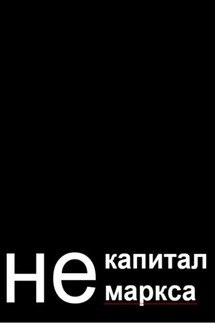The General Theory of Capital: Self-Reproduction of Humans Through Increasing Meanings - страница 3
Other hypotheses can also be put forward regarding the “missing link,” that is, the practices of self-reproduction that made it possible to build a bridge between the mental abilities of higher primates and the intelligence of Homo sapiens, living in the world of symbols. Evgeniy Panov believes that the entrance to the bridge has been discovered, but most of it has not been preserved, and the remains may never be found (Panov 2012, p. 383).
The problem of a bridge between animals and humans has been the subject of endless debate. Charles Darwin believed that “the difference in mind between man and the higher animals, great as it is, is certainly one of degree and not of kind” (Darwin 1981, p. 105). However, Derek Penn and his colleagues write that Darwin was wrong and that the deep biological continuity between humans and animals masks an equally deep divide between human and non-human minds and between their ability to employ systems of abstract physical symbols (Penn et al. 2008). We do not attempt to resolve this problem here. Apparently, at some point the great apes could no longer reproduce within the animal behavioral program. At this critical point, the animals resorted to cultural practices of self-reproduction and cultural needs emerged. Protohumans fell into a “needs trap” in which their animal needs became cultural needs, their animal behavior became meaningful behavior, that is, human action.
Material social abstraction in action
If behavior is an adaptation to the environment, then activity is an adaptation of the environment to one’s needs. The “needs trap” meant that proto-humans now had to again and again transform the environment, including their own organisms and behavior patterns, into means of self-reproduction based on the transmission and processing of social information. After this critical point was passed, the degree of adaptation to the environment, the degree to which the needs of proto-humans were satisfied, was determined not only by their animal instincts but also by the sociality and abstractness of their actions. Benjamin Schumacher noted that information is a paradox: on the one hand it is material, and on the other hand it is abstract. If we want to share information, we must give it the physical form of a signal—sound, light, electricity, etc. However, information is abstract in content: the messages transmitted by signals are not identical to the signals themselves (Schumacher 2015, p. 4).
As an elementary form of culture, meaning is social information in action, that is, an action (and its result) that has social, material and abstract properties. This active gist of culture is missing in most of its definitions, here is an example: “…Culture is information that is acquired from other individuals via social transmission mechanisms such as imitation, teaching, or language” (Mesoudi 2011, pp. 2-3). In fact, culture cannot be reduced to information and methods of its transmission; culture is the aggregate of human actions and their results. Unlike genes, which are bound to organisms, meanings go beyond humans: they can exist not only in bodies, but also in events. However, going beyond humans, meanings can only exist in their actions. They are reproduced in human activity just as genes are reproduced in a living organism







